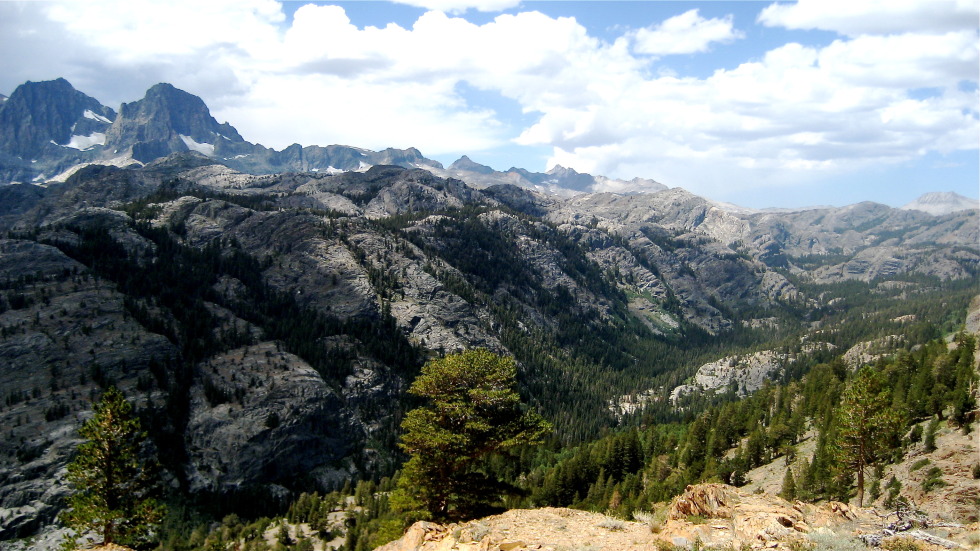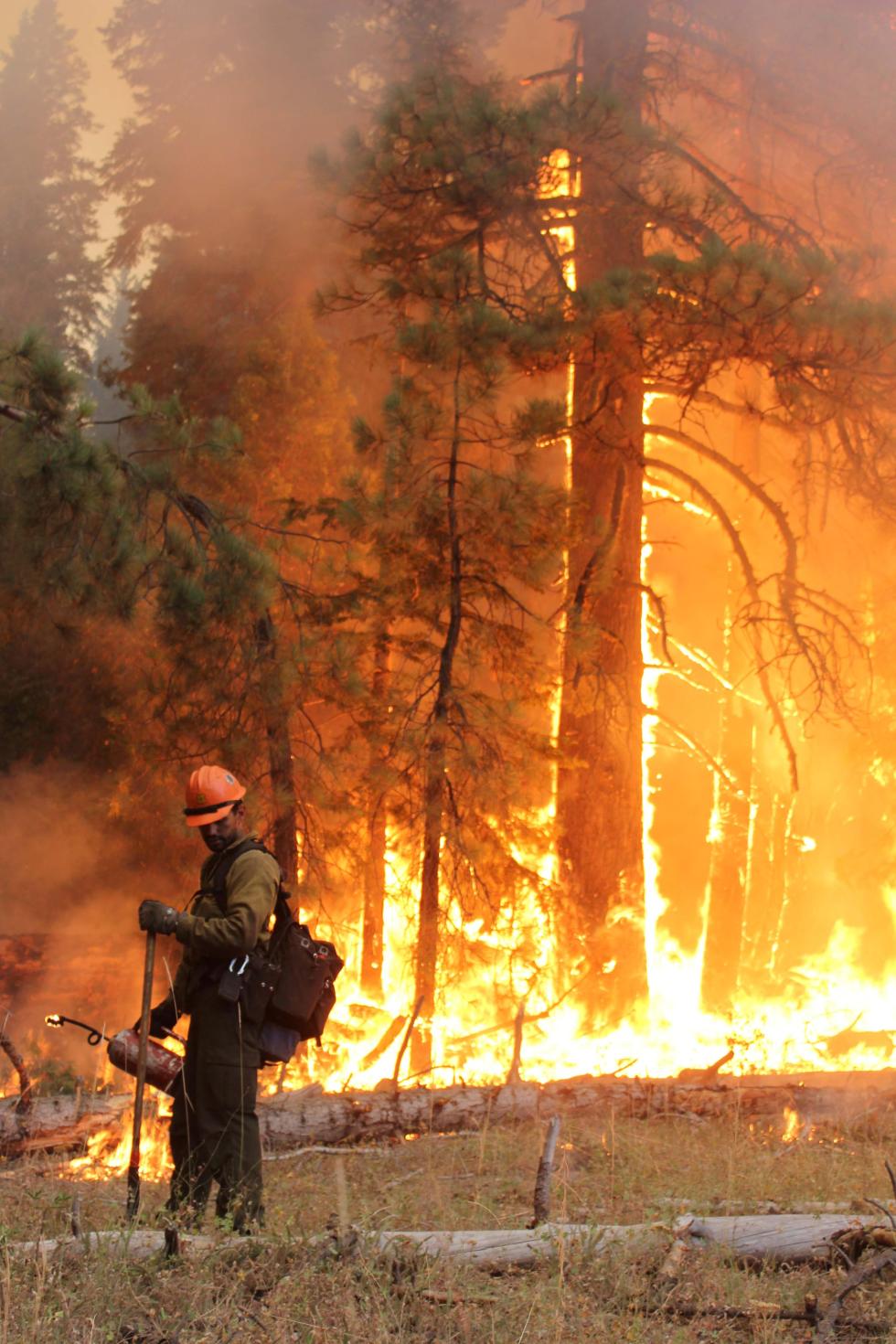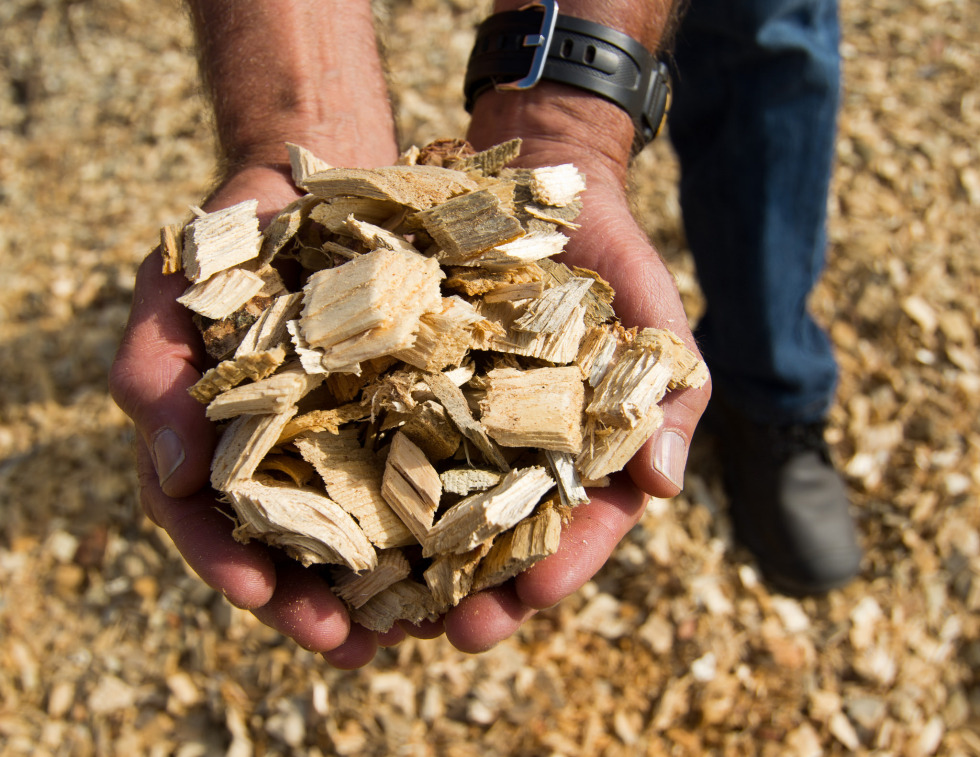In the past two years multiple fires burned hundreds of thousands of acres in the Sierra and Cascades alone: 98,000 acres on the King Fire (Eldorado National Forest), 257,000 acres on the Rim Fire (Stanislaus National Forest) and 134,000 acres on the Happy Camp Complex (Klamath National Forest). Many of these fires burned out of control for months because the forest had not had fire in many years, creating hazardous fuel conditions. Coupled with drought and windy weather, mega fires threatened water supplies, wildlife and communities.

Photo by jocookfisher
To correct this problem forest treatments are implemented in a way that creates gaps for species “dining room” habitat but keeps dense forest cover for “bedroom” habitat. In areas where listed species such as spotted owl and fisher require dense canopy and old growth conditions, forests are not treated. These areas are still threatened by and do burn in large wildfires, making the treatment of adjacent forests that much more important.

Photo by Mike McMillan - USFS
Prescribed, or "Controlled", Burn
Treatments can be done by hand, machine and with prescribed fire. Recent studies show that controlled burns may be the only way to treat some areas due to rugged terrain.
What is done with all of the wood after hand and machine thinning? Some trees are sent to mills but smaller diameter trees and slash (tree branches, needles) sometimes burns in place, at a tremendous loss of carbon and energy. Nearby biomass plants use the wood to produce heat and power. Combined heat and power plants are particularly valuable in rural communities where energy can be expensive and wood supplies plentiful.

With new technology air pollution issues have greatly decreased, but permitting and total cost can be prohibitive. It’s important to note that mega fires create immense amounts of pollution, sometimes on the order of millions of cars operating annually on highways. Wood can also be utilized for fence posts or poles or used to strengthen other materials.
The biomass assessment will examine which technologies are most ready to expand in California markets to take advantage of these surplus wood supplies and help provide income and/or jobs to rural communities in the process. The hope is to spur the restoration of Sierra forests while providing income and opportunities for local communities. If done in a way that benefits humans, species and communities, all will contribute to a healthy ecosystem more resilient to future climate change.

